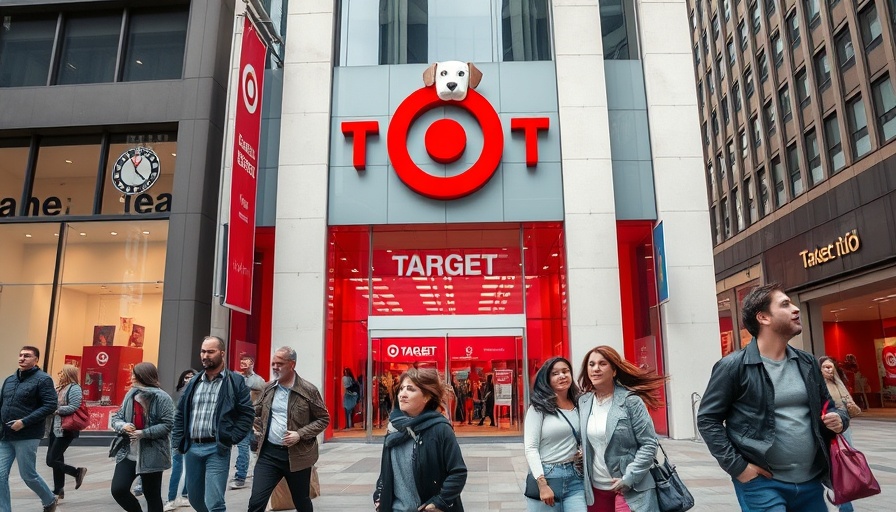
Target's Identity Crisis: What Went Wrong?
Target Corporation, once a beacon of retail success, faces an unsettling decline in both stock performance and customer loyalty. As reported, executive leadership changes loom amidst a backdrop of stagnating annual sales that have remained unchanged for four years. Many longtime customers, like Mary Molina from Westchester, New York, indicate a shift in their shopping habits, favoring competitors like Walmart and Amazon over the retailer they once frequented weekly.
This change in consumer behavior can be attributed to several factors that signal a departure from Target’s original charm. Shoppers lament the loss of the unique merchandise that once graced Target’s aisles, alongside a notable decline in customer service. Reports suggest that store employees are less engaged, often absorbed in handheld devices as they fulfill online orders, resulting in a less personable shopping experience.
The Ripple Effect of Inventory Issues
Out-of-stock products, particularly staples like laundry detergent and personal care items, contribute significantly to customer dissatisfaction. Customers expect a curated experience, filled with trendy and unique offerings, but now, many find themselves sifting through what feels like a “sea of generic.” This run-of-the-mill approach is a powerful detraction from the brand image that attracted countless shoppers for decades.
What Lies Ahead for Target?
As Target grapples with these challenges, there is more than just financial implications at stake. For local investors and small business enthusiasts in places like San Jose, the retailer's struggle serves as a case study of business evolution in a rapidly changing market environment. Understanding these dynamics is crucial for those considering their ventures—whether they intend to register a business or explore business growth strategies in 2025.
The forthcoming change in leadership may bring fresh ideas to rejuvenate Target’s brand identity. Stakeholders, from executives to local investors, must remain vigilant and prepared to adapt to ongoing market trends, ensuring their business strategies remain relevant amidst evolving consumer preferences.
Final Thoughts
In a time when shopper loyalty is paramount, Target's struggle illuminates vital lessons for other businesses. As you consider your own business ideas or development strategies, keep in mind the importance of customer experience and adaptability to market demands. The key to thriving lies in understanding that identity and innovation are inseparable in today’s retail landscape.
 Add Row
Add Row  Add
Add 




Write A Comment